8 Top-Rated Tourist Attractions in Masada
The UNESCO world heritage site of Masada plays a major role in Jewish history and is one of the most fascinating highlights of a visit to the Dead Sea region. It was here that the Zealots took their last stand against the Romans and committed suicide rather than allow Rome to take them as prisoners. Come here to explore the incredible ruins atop the lofty mountain and see the breathtaking panoramas across the Dead Sea. If you can, do sunrise here. The early morning wake up is worth it for the views from the summit.
1 Masada Museum
For the lowdown on Masada's importance, don't skip this museum in theMasada Visitor's Centre. It contains a fascinating collection of artefacts unearthed during excavations here and truly brings to life this stronghold's history. An audio guide is included in the admission price.
Admission: 20NIS
2 Paths to the Summit
There are three ways to reach the summit. If you don't want to walk, then the cable car is your option, leaving every 10 minutes from the visitor's center and providing birds-eye views across the escarpment. For the active, there are two other ways to the top. Those that just want a short walk can take the Ramp Trail (from the western side of the mountain). And those who want the full experience can trek up the Snake Trail (from the visitor's center), which takes about one hour to hike with superb views all the way to the top.
3 Northern Palace
At the northern tip of the plateau is the monumental Herod's Northern Palace; a boldly conceived structure on three levels. The uppermost part, with Herod's residential apartments, ends in a semicircle from which there is a view of the two lower terraces reached on a modern flight of steps on the west side. On the way down, cisterns for water can be seen in the rock. On the middle terrace (20 meters lower down), which archaeologists concluded was designed to serve the purposes of leisure and relaxation, are two concentric rings of walls. Fourteen meters lower down is the square bottom terrace, a peristyle (courtyard surrounded by columns) with fluted Corinthian columns standing on a wall faced with painted plaster.
4 Baths
South of the Northern Palace is a bath house. A courtyard surrounded on three sides by columns leads into a changing room (apodyterium), which is paved with black and white triangular tiles. Adjoining this is the tepidarium(warm room), also with a tiled floor, the frigidarium (cold bath) and thecaldarium (hot bath). The caldarium - which has preserved its hypocaust (under-floor heating system) - is particularly impressive. The small piers of the hypocaust, more than 200 in number, originally supported a mosaic pavement. From the roof of the baths there is a good view of the whole fortress. Southwest of the baths is a building, which is believed to have housed Herod's work-rooms and offices. It contains a ritual bath (mikve) constructed by the Zealots between AD 66 and 73.
5 Synagogue
Against the fortress walls, excavators found the remains of one of the oldest synagogues in the world and the only one dating from the period of the Temple. The roof was borne on columns, and in the time of Herod, the building was divided into two parts by a wall. The Zealots altered the structure and installed stone benches. A number of scrolls, now in theIsrael Museum in Jerusalem, were found here.
6 Byzantine Church
Southeast of the synagogue are another large complex of buildings and achurch built by Byzantine monks in the 5th century. The church is entered through a porch or vestibule. The apse, at the east end, has a cavity in the floor, which may have housed relics. On the north side of the nave is a (partly preserved) mosaic pavement with representations of plants and fruits.
7 Western Palace
At the southern end of the plateau is one of the towers of the West Gate(opposite the Roman ramp) and the large Western Palace. Here, you can see how the Zealots altered the building to provide living accommodation and constructed another mikve to the southeast. While the Northern Palace was Herod's private residence, the Western Palace, which covers an area of some 4,000 square meters, was his official residence. The north and west wings contained domestic and administrative offices as well as accommodation for officials and servants. In the south wing, were the king's residential and state apartments. In one room, apparently an audience chamber, the excavators found a well-preserved mosaic pavement, the oldest ever discovered in Israel and the Palestine Territories, with geometric designs and plant motifs featuring vine and fig leaves and olive branches. At various points, where the pavement has been destroyed, you can see the guidelines used in laying the mosaic. Southwest of the Western Palace is a columbarium, a circular structure dating from the time of Herod with numerous niches for ash-urns, presumably to house the remains of non-Jewish members of Herod's garrison.
Going south from the columbarium, you pass two large open cisterns and come to the South Bastion at the southern tip of the plateau. On the way back along the eastern walls, there is a third mikve (at the South Gate), another cistern and houses dating from the Byzantine period (on left) and from the Zealot occupation (on right) before returning to the East Gate. From the eastern walls, there are magnificent views of the Dead Sea and the hills beyond with their ever-changing play of colour.
8 Sound and Light Show
Twice weekly (on Tuesday and Thursday) from March to October there is a fascinating sound and light show on the history of Masada, with light effects and background music, in the Masada amphitheatre (which can be reached only on the road from Arad).
History
The Jewish historian Flavius Josephus ascribes the first fortress erected on the hill to the high priest Jonathan. Herod enlarged the original small fortress into a stronghold, which combined royal magnificence with great defensive strength so that Masada became the fortress (metsuda) par excellence. In the troubled year 40 BC, when the Parthians chose the Hasmonean Antigonus as their leader, Herod brought his family and his betrothed wife Mariamne here for safety. Again in 31 BC, when Octavian defeated Antony and Cleopatra's fleet in the battle of Actium and Herod traveled to Rhodes to swear allegiance to the new master of Rome, Herod's family sought the safety of Masada, though this time Mariamne, along with her mother Alexandra, was taken separately to the fortress of Alexandria in Samaria.
Between 37 and 31 BC, Herod had turned Masada into an impregnable fortress. The summit plateau, covering an area 600 meters long by 200 meters wide, with its palaces, administrative buildings, store-rooms, barracks, and cisterns, was enclosed by a 1300 meters-long casemate wall reinforced by 38 towers, each 10 meters high. There were twelve cisterns, which together with the supplies of food in the store- rooms would enable the fortress to withstand a long siege.
This situation occurred some decades later, during the Jewish rising against Rome. In AD 66, even before the rising broke out, a group of Zealots - members of the radical party who had left Jerusalem as a result of internecine conflicts among the Jews - had established themselves on Masada under the leadership of Menachem Ben Judah. Soon afterwards, Menachem was murdered in Jerusalem and his nephew Eleazar Ben Yair assumed command on Masada. The Romans took the fortress of Herodeion, while the Zealot forces in the stronghold of Machaerus (in present-day Jordan), surrendered in return for a promise of free passage and thereupon reinforced the garrison on Masada, which finally was occupied by a total of 967 men, women, and children. After the fall of Jerusalem in the year AD 70, the defenders of Masada continued to hold out, and in AD 72, the Romans decided to overcome this last pocket of resistance by a siege.
Their commander, Flavius Silva, enclosed Masada within a circumvallation (siege wall) with a total length of 4,500 meters. Outside this, he built eight camps for the besieging forces; his headquarter camp, rhomboidal in plan, was on the west side. A great ramp was built up on the west side of the hill so that battering-rams and other siege engines might be deployed against the walls of the fortress. After an eight-month siege, the Romans broke through the walls and set fire to the timber stockade behind them.
Seeing that the situation was hopeless, Eleazar called on his companions in arms, in a speech recorded by Flavius Josephus ("Jewish War", VII,8,6-8), to die rather than be taken prisoner. They burned all their possessions except the stores of food (there since Herod's time), in order to show the Romans that they had not been starved into surrender. Then, although Jewish law forbade suicide, they chose ten men who were to put the rest of the defenders to the sword and then kill themselves. When the Romans took the fortress on the following morning they found 960 bodies. Two women who had hidden in a water conduit along with five children told them what had happened. "But when they discovered the great numbers of bodies they did not rejoice over their defeat of their enemies but admired the noble resolution and the unshakeable defiance of death shown by all those involved in the deed" (VII,9,2). This heroism, irrational though it might be, has made Masada a symbolic place for many Jews.
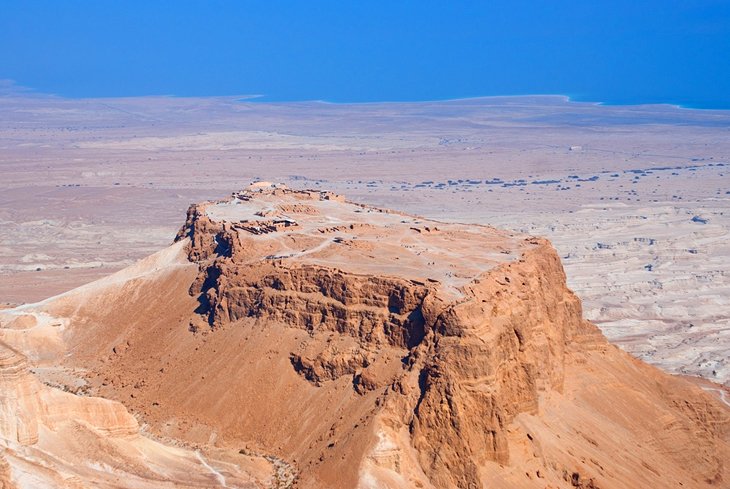
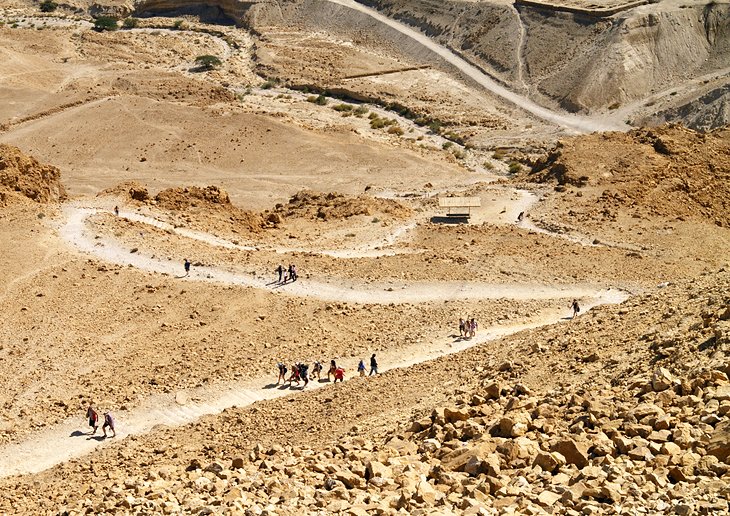
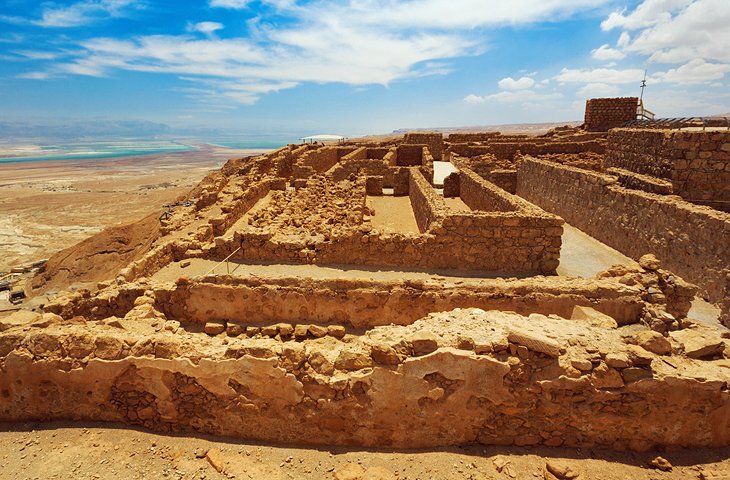
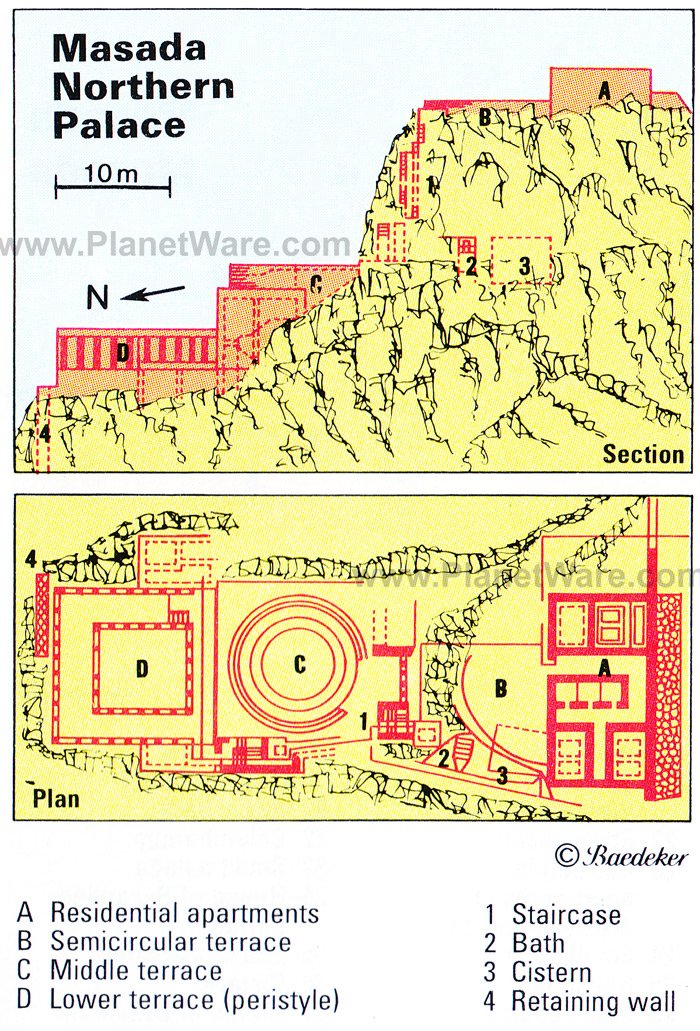
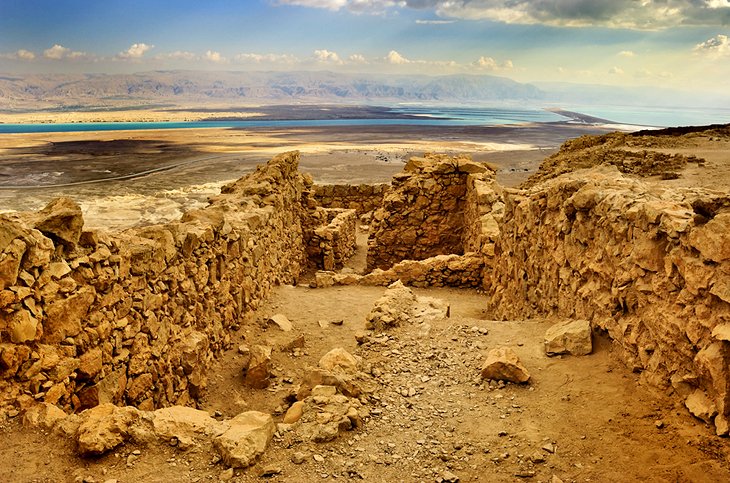
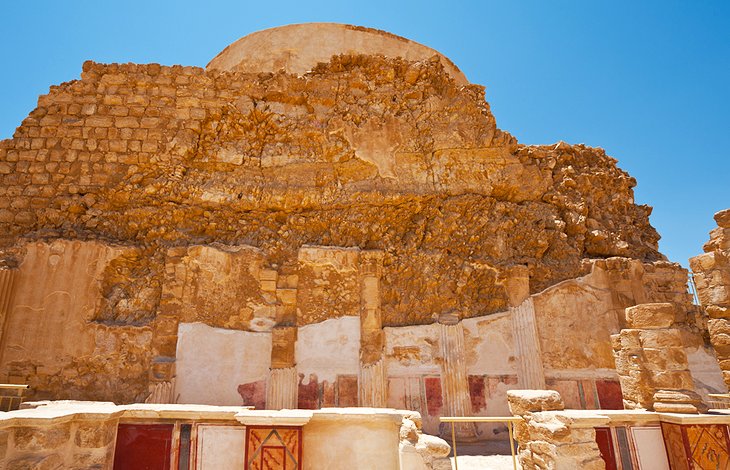
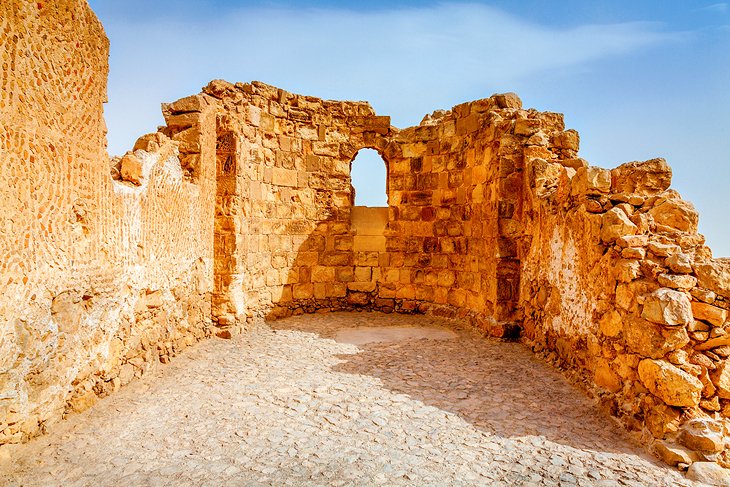
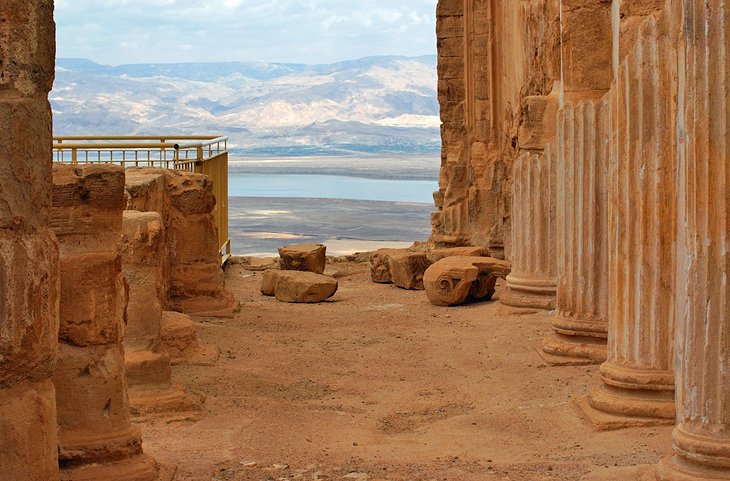
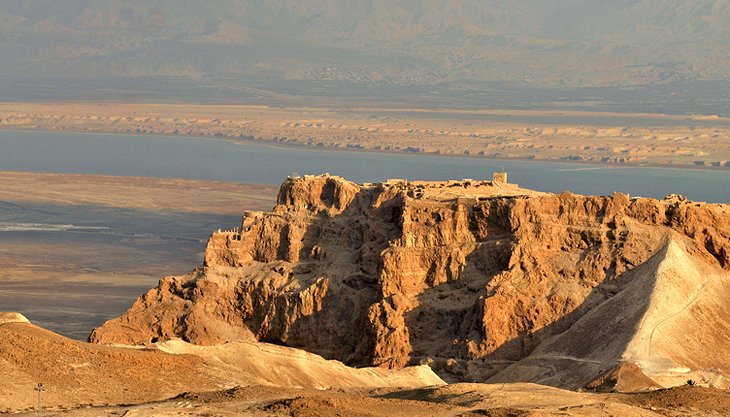
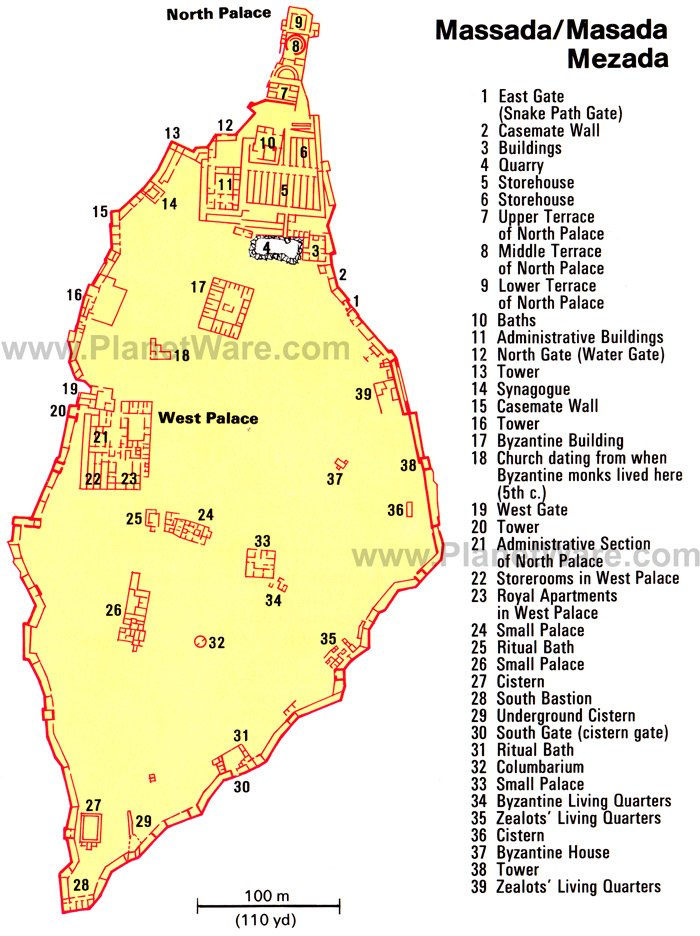
No comments:
Post a Comment